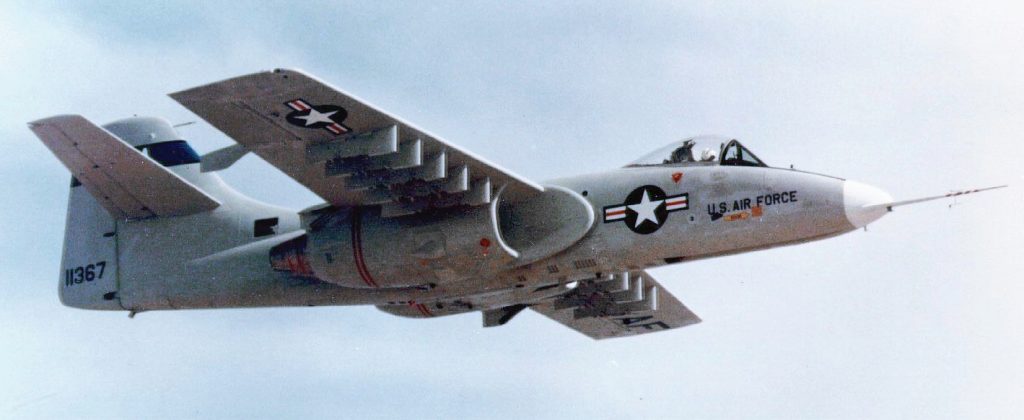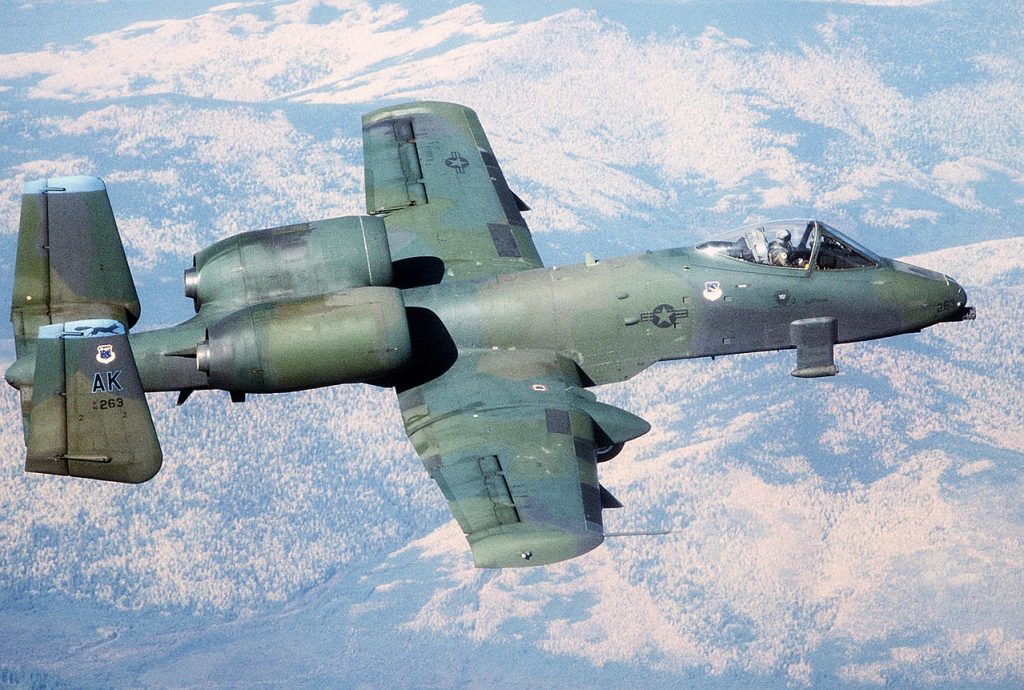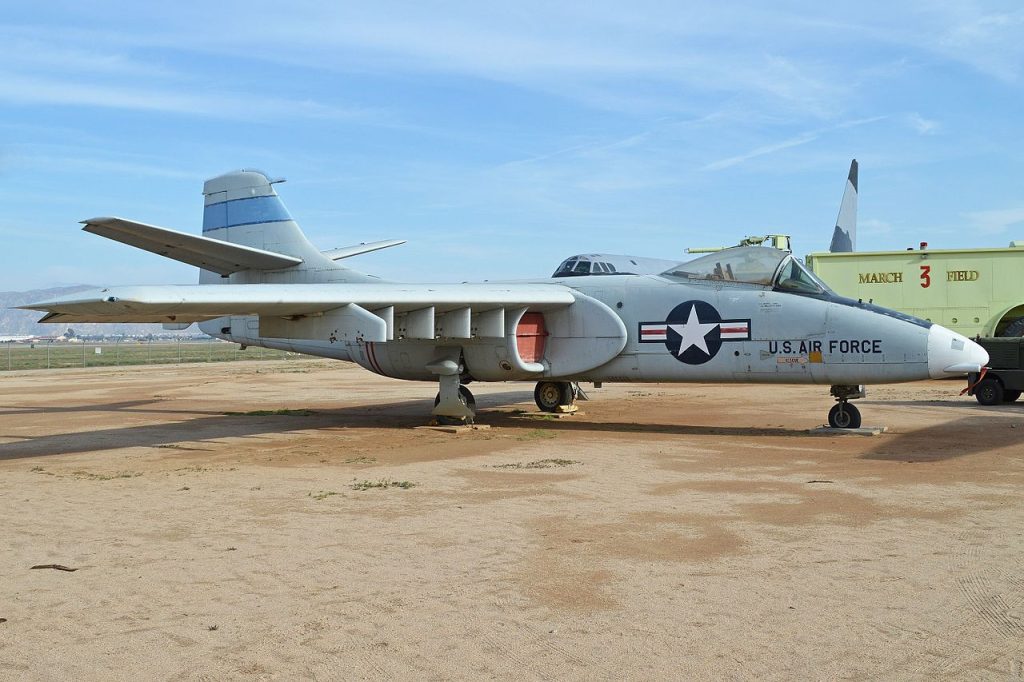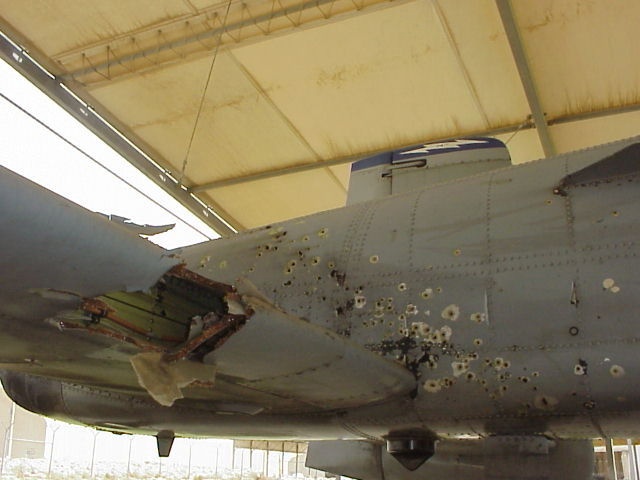Emerging from the crucible of the Vietnam War, the U.S. military craved a new breed of attack aircraft. This iron bird wouldn’t just soar – it would become an airborne battering ram, pulverizing enemy targets while shrugging off ground fire like a seasoned gladiator.
The Air Force’s wish list was as precise as a sniper’s scope: a 460 mph max speed, a 4,000-foot takeoff distance, a staggering 16,000-pound external weapon load, and a respectable 285-mile range – all for a jaw-dropping price tag of just $1.4 million per plane. It was a tall order, but several companies answered the call, their prototypes vying for the ultimate prize.

By the early 1970s, the competition had narrowed to a two-horse race between the Northrop YA-9 and the Fairchild Republic YA-10. Both contenders boasted similar characteristics, including the 30mm cannon – a late addition to the Air Force’s initial demands.

In order to determine the most suitable aircraft, the decision-makers opted for a fly-off competition. Over a span of two months, from October to December of 1972, both prototypes underwent rigorous testing. The YA-9 demonstrated satisfactory performance, and had it been the sole contender, it might have been deemed suitable for service as an attack aircraft.
But when push came to shove, it was the YA-10, christened the “Warthog” for its unconventional looks, that emerged victorious.
The Warthog’s unique design wasn’t just for show; it was an embodiment of battlefield pragmatism. Its twin engines nestled snugly in the tail, minimizing their exposure to enemy fire. The double tail, meanwhile, served a dual purpose: reducing heat and noise signatures for stealthier operations, and providing critical redundancy in case of battle damage. This “built-in toughness” wasn’t just theoretical – the A-10 has repeatedly proven its mettle in combat, its ruggedness a testament to the foresight of its designers.
The YA-9, though ultimately outshone by the Warthog, remains a fascinating footnote in aviation history. Only two prototypes were built, and both still exist, one proudly displayed at the March Field Air Museum, the other patiently awaiting restoration at Edwards Air Force Base. These silent sentinels stand as a reminder of the fierce competition that birthed the legendary A-10.

Today, the Warthog, despite retirement whispers, continues to be a vital cog in the U.S. Air Force’s arsenal. Its ground-support missions in Iraq showcased its enduring relevance, a testament to the visionaries who dared to dream of an aircraft that could dance with danger and emerge unscathed. As the YA-9 rests in museums, the Warthog soars on, a living legend forever etched in the annals of aviation history.











I was there at Edwards AFB when these two planes were being flown and was able to watch the a-10 make some gun passes on the range. It was on a small black and white monitor. Since then I have seen A-10s fly in different location and was at Camp McCoy, WI and they were doing range firing, I will never forget the sound of the gun!